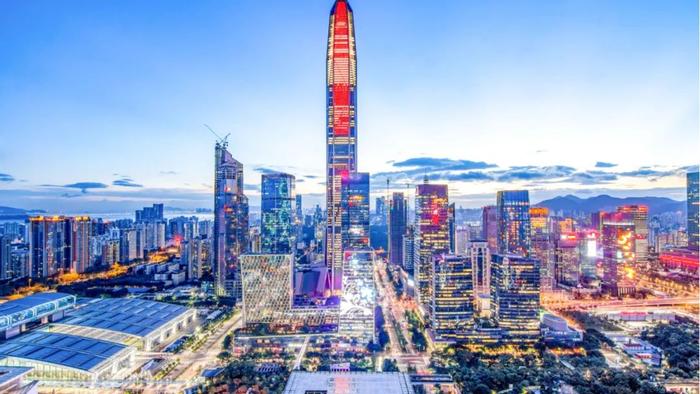
Chinese Economy & Business Trends
China’s economic and business trends have been the focus of global attention over the past few decades. Some key trends include:
Slowing economic growth
China’s economic growth is gradually slowing down, from high-speed growth to medium-to-high-speed growth. This is the inevitable result of economic structural adjustment and economic expansion.
Consumption upgrade
Chinese consumers’ demands are constantly upgrading, shifting from basic daily necessities to higher-quality, personalized consumption, which provides opportunities for high-end brands and services.
Digital transformation
China is undergoing digital transformation, including the rapid development of e-commerce, mobile payment, artificial intelligence and other fields, which has promoted the innovation and efficiency improvement of business models.
Technological innovation
The Chinese government strongly supports technological innovation, including artificial intelligence, biotechnology, new energy and other fields, which has promoted the rise of technology companies and improved global competitiveness.
Sustainable development
Facing environmental pollution and resource pressure, the Chinese government is increasing investment and policy support for sustainable development and promoting the development of green energy, clean technology and other industries.
The Belt and Road Initiative
Through the Belt and Road Initiative, China promotes trade and investment cooperation with countries along the route, and promotes regional economic integration and infrastructure construction.
These trends have a profound impact on the future development of China’s economy and business, and also provide new opportunities and challenges for the global business community.
Financial market reform
China is undergoing reform and opening up of the financial market, including capital market reform, interest rate liberalization, foreign exchange market reform, etc., to improve the efficiency and stability of the financial system and attract more foreign investors.
Changes in demographic structure
With the intensification of population aging and the advancement of urbanization, China’s demographic structure is changing, which brings challenges and opportunities to the consumption structure, labor market and social security system.
International trade relations
Against the background of a turbulent global trade environment, China actively promotes free trade and strengthens economic and trade cooperation with other countries. At the same time, it also faces the challenges of international trade friction and protectionism.
Unbalanced regional development
Although the eastern coastal areas are economically developed, the western and rural areas still suffer from backward development. The Chinese government is working hard to promote regional development coordination and reduce the urban-rural gap.
These trends together form the development trajectory of China’s economy and business. The Chinese government will continue to respond to internal and external challenges through reform, opening up, and innovation-driven efforts to achieve sustainable economic growth and high-quality development.
Digital currency development
China’s central bank launched a digital renminbi pilot project, becoming one of the first countries in the world to adopt a central bank digital currency on a large scale. The launch of digital RMB will have a profound impact on the payment industry, financial supervision and monetary policy.
Application of blockchain technology
The Chinese government actively promotes the research, development and application of blockchain technology, covering areas such as supply chain management, financial services, and intellectual property protection, to help industrial upgrading and digital transformation.
Social governance innovation
Faced with a large population and changes in social structure, China is exploring new social governance models, including the construction of a social credit system, smart city construction, etc., to improve social management efficiency and service levels.
International investment and mergers and acquisitions
Chinese enterprises’ overseas investment and mergers and acquisitions activities continue to increase, involving fields such as energy, infrastructure, technology, etc., which promotes the internationalization process of Chinese enterprises.
Development of artificial intelligence
China is becoming one of the leaders in the field of artificial intelligence in the world. The government, enterprises and scientific research institutions have increased investment and research and development in artificial intelligence, promoting the widespread application of artificial intelligence technology in various industries.
These trends will continue to shape the future of China’s economy and business, while also having a significant impact on the global economic landscape and business environment.